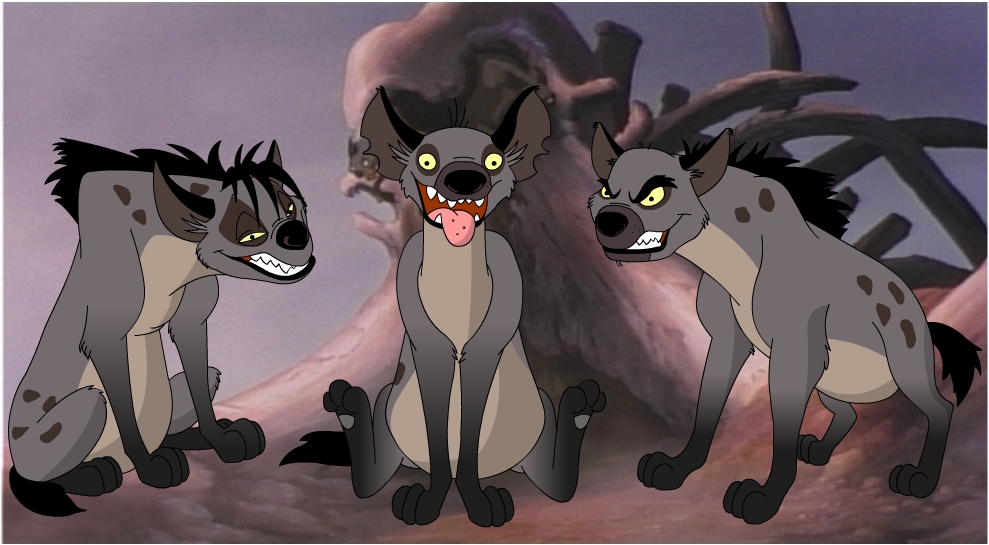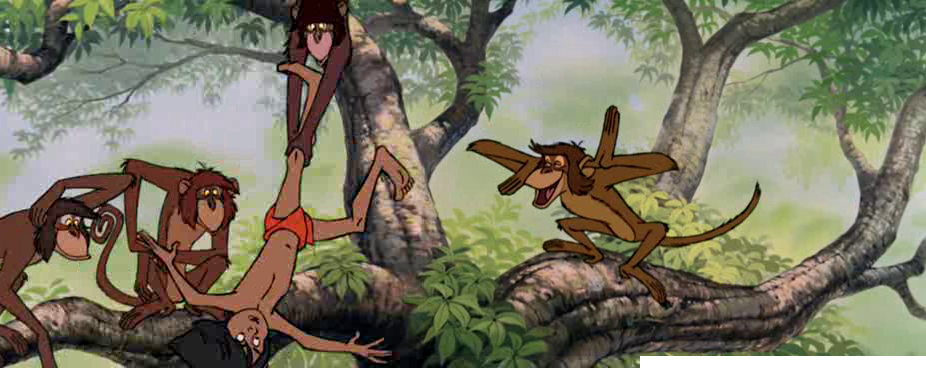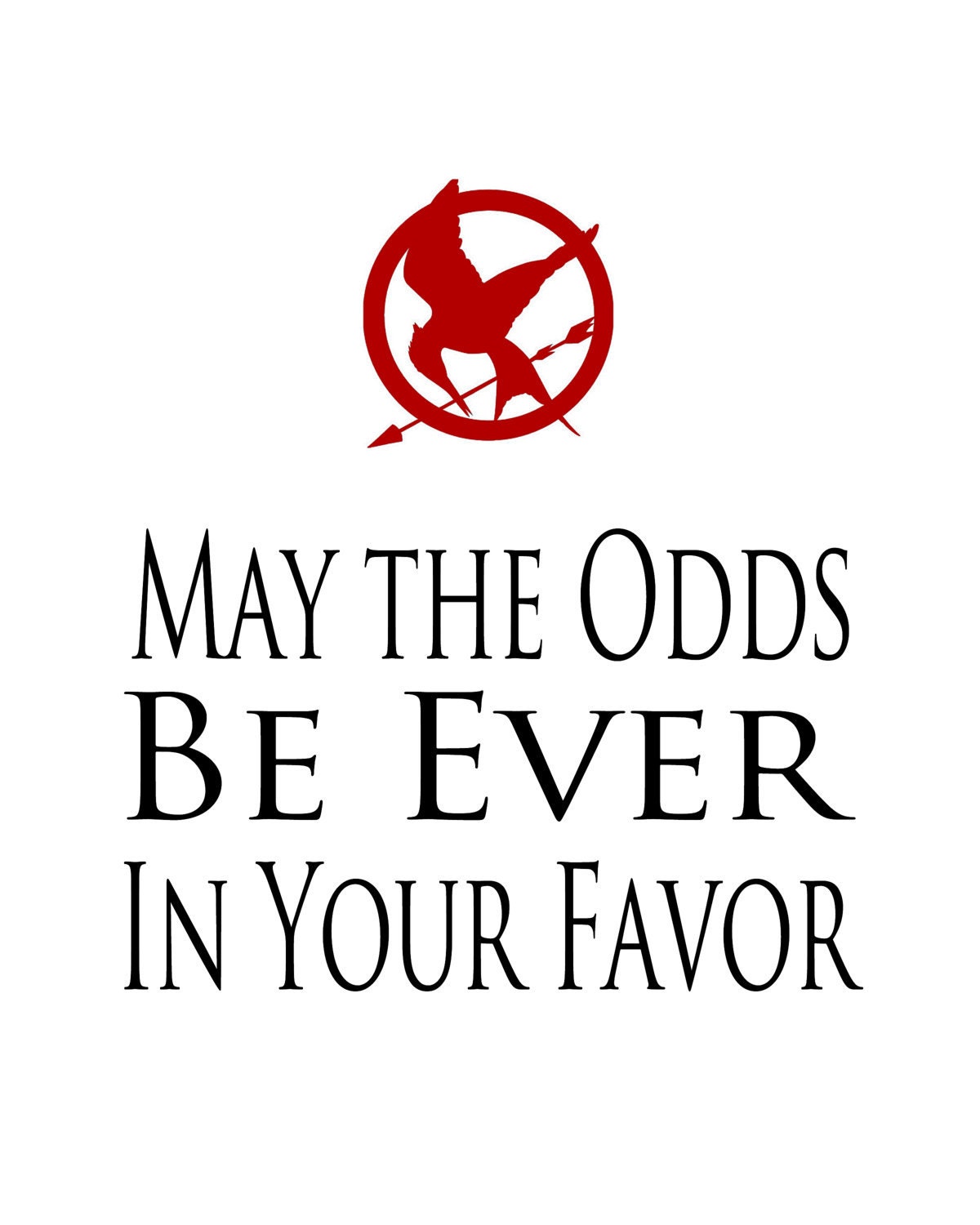The United Nations Educational, Scientific and Cultural Organization, or as you’ve heard UNESCO, released a series of essays in response to leftover Nazi Racism, along with other more PG forms of biological racism. UNESCO published these essays with help from big names like Claude Levi-Strauss and Morris Ginsberg in 1950 and intended to distribute them across the United Nations. The main point of the essays went like this, “The biological fact of race and the myth of “race” should be distinguished. For all practical social purposes “race” is not so much a biological phenomenon as a social myth”(The Race Question). The problem they directly addressed is gone. We (hopefully) aren’t swayed too much by Nazi propaganda or signs saying “No Colored Allowed” as they really don’t exist anymore, at least where people reading this article would reside. What fucks things up now is culture. Culture and entertainment are the new ways in which the world creates and displays racial ideas. Races are assigned characteristics, stereotypes and more sinister tags through their portrayals in movies, TV and radio. But it’s not minstrel shows and blatant racism either. It’s the unnoticeable, subtle ways that non-white characters are shown in superficially harmless media. And likely to your dismay, Disney movies are an absolute case study on the subtle depictions that give people the hostile ideas about race that are currently tearing our country apart. Disney’s The Jungle Book, although widely loved as a benign children’s movie, harbors shockingly sinister depictions of race.
I didn’t notice any of this as a child. And outside of some hyper-astute worldview you may have had as a nine year old, neither did you. Disney does this by avoiding the question of race altogether in any obvious way. They rarely show non-white characters in their films, and when they do, most everyone is of the same race to avoid the issue on the surface. Mulan doesn’t feature a single white character. In Moana they are all ancient Polynesian islanders. The Princess and the Frog only features black characters apart from a few animals and minor white characters, and basically every other movie is as white as Frosty the Snowman’s midsection. But, a major way that Disney depicts race is through animals and inanimate objects. It’s much harder to point out race as race if they are Hyenas rather than blacks or Latinos (Didn’t catch that in The Lion King?). Especially in The Jungle Book, animals depict different races and contribute to the social understanding of race.

Specifically, the most obvious depiction of race in The Jungle Book comes with the monkeys. The monkeys enter the plot swinging through the Indian forest in search of Mowgli, the man cub. They swoop down from the canopy to kidnap Mowgli and take him back to their home in the ancient ruins. Before we even get to their actions, the first issue is their actual depiction. These monkeys are plainly coded as black characters in an extremely harmful way. Baloo, the man-cub’s adorable pseudo-father, fights the monkeys and shouts at them, “Why you flat-nosed, little-eyed, flaky creeps!”(The Jungle Book). He doesn’t say you scoundrels, you rascals, you evil people, he points out their physical features to shame them. Baloo is a brown bear, a species native to the North American forest and not the film’s Indian jungle, with a booming american voice, so obviously he goes on the whiter side of the animals. He points out their flat noses, one of the most distinctive, stereotypically African facial features. Baloo also calls them “Flea Picking” and “Mangy” during the same chase. Further, their voices are forced into a gravelly, exaggerated register. The lines, voiced by all white actors, strike the same tone as minstrel show actors performing in blackface for white audiences in the Jim Crow era. The white actors voicing these monkeys went out of their way to voice these characters as black. And not just black people, black fools. They laugh wildly at everything and can barely hold themselves back with swings of hysterics at whatever they do. They were intentionally portrayed and voiced to paint black people as foolish, dirty criminals.

Further, depicting black people as monkeys and Orangutans has sinister intent on its own. The relation between black people and primates in culture goes back to evil forms of biological racism that assert black people are closer to monkey than man. Brett Mizelle writes, “This recurring linkage between blacks and apes was used to reinforce Euro-American supremacy and ultimately to justify slavery”(Man Cannot Behold). This fucked up idea is one we would like to fully separate ourselves from in today’s reality, but it obviously still lingers in cultural artifacts we would have deemed harmless and intended for children. Disney furthers this by forming the connection between African and ape in the most straightforward way possible. Black people are monkeys and therefore are to be seen as far from human.
The subhuman notion of black people continues throughout the film with the beloved song I Want to be Like You. The song was an absolute earworm, using classic Disney songwriting to make every viewer sing along. And, chances are if you have seen the film, you could sing the song right now given the instrumental. This melody is sung by King Louie of the apes, a character intended by Disney to be famous trumpeter Louis Armstrong but was instead played by white singer Louis Prima (Cutting Cultural Thicket). This tune is all about how King Louie wants to be like Mowgli. Louie serenades the man-cub with lyrics like “I wanna be a man, mancub, and stroll right into town, and be just like the other men I’m tired of monkeyin’ around”(The Jungle Book). King Louie dominates Mowgli in the jungle world. Louie is jungle royalty and physically overpowers Mowgli at his will, but still longs to walk like him and talk like him. Louie should be happy about his position in the jungle but instead wants to become ‘civilized’ like Mowgli. And Mowgli, although not a white person, represents a certain degree of whiteness as the most civilized and attached to human life, while also sporting an American accent that sounds much more like Ralphie from A Christmas Story than an Indian villager. The notion of ‘civilization’ has been long associated with white people and whiteness. People (not good people) would state that white people have civilization where black people do not. Disney is apparently all in with this sentiment as it has made its only black characters strive to be ‘civilized’. More on that notion, King Louie and the other monkeys ask Mowgli for the secret to “man’s red fire”. Fire is the most basic form of civilization, as you could likely call upon images from past media you’ve seen of cavemen huddling around a spark, elated having discovered fire. Disney intentionally makes the black characters search for civilization to reiterate the racist notion that whites are more civilized than blacks.
Another racial depiction in the film that went largely unnoticed was the villain in the movie. The evil Indian tiger sparks the initial conflict in the film by threatening to kill Mowgli, who was currently residing happily with his wolf family. The menacing antagonist threatens Mowgli because as Bagheera states, “He hates man. And Shere Khan is not going to allow you to grow up to become a man”(The Jungle Book). He hates man. And man, in this case, is white people. A conclusion not too wildly made as he fears their guns, a hunting technique not used by Indian natives but by white colonizers. Shere Khan, as a name, also draws attention. Although the name literally means ‘tiger king’ in Persian and Punjabi, ‘Khan’ calls upon certain associations. Khan refers to Genghis Khan, Kublai Khan or any mongol leader that strikes fear into the hearts of viewers. Further on that point, Shere Khan has slanted, yellow-colored eyes, pushing him further towards an asian association. The villain is an anti-white mongol lord, roaming the forest on a hunt for the only human character. Shere Khan is the king of the jungle and everyone knows it. The wolfpack fears him, the bear and panther run from him and even the brigade of elephants is struck with fear at his mere mention. The only things that scare Shere Khan are guns and fire, both associated with civilization and man. So the most badass character in the movie is non-white. But he is still afraid of, and eventually defeated by, the products of whiteness.

Additionally, the ending of the film seems off to many. The ending features Mowgli leaving his beloved jungle home and Baloo, after being seduced in the most PG, Disney way possible by an Indian girl he spotted by the waterside. She sings a song while refilling her water vase and Mowgli simply can’t take his eyes off her. He eventually follows her into the “man village” where the viewer assumes he is to live from now on. In many ways, this ending felt wrong, at least to me. The happy ending I expected had Mowgli, Baloo and Bagheera dancing off into the forest arm in arm singing The Bare Necessities while the screen fades off to black. I mean they fought the whole movie to keep Mowgli in the jungle, so why would the ending feature Mowgli leaving? Why would Disney depart from such a happy, sensical ending in favor of an odd, seemingly pointless conclusion? Simple. The ending they chose keeps the races in line. Mowgli, although spending the whole movie with the beasts of the jungle, is not an animal. Disney says here that after everything’s said and done, you are to stay with people like yourself. Even though Mowgli owes his life to the animals, he can’t actually be with them. They are nothing more than a vessel to get him back to his people. So Disney’s assertion is this: Stay with your own kind.
To make matters worse, the medium of animation itself makes these sentiments even more distinct. Animation came into serious consideration as a kind of cinema around the 30’s and 40’s, shifting from a non popular form of visual trickery to a widely loved cinema medium. Yes, the visuals were highly appealing to viewers, but what the producers and directors loved was the control they had over the product. Sidin Ishak actually states that the defining feature of the genre is its intentionality (Understanding Culture Animation). Ishak’s proposal adds weight to the propositions presented in Disney’s The Jungle Book as it tells us that the creators did everything with intent. In animation, there is no ‘going off script’, there are no accidental images. Every scene was created by hand, by animators with absolute control over the world they depict. Everything we see in Disney films is completely intentional, nothing is coincidental.
Altogether, a film like this is immensely dangerous for society. Something nearly everyone loved having the capability to instill highly fucked up notions of race is a thought that few want to confront. This film catches viewers at their most malleable, impressionable stages between the ages of 3-12. Young viewers may not have serious conceptions of race yet as they watch films like this and they also lack the capability to point out racially charged dialogue or imagery. But the subconscious connections this film forces on viewers certainly work to change that and force feed Disney brand racial tropes to American youth.
An earlier draft of this essay was read by Tyler Scott
I have written this essay in the style of Chuck Klosterman



